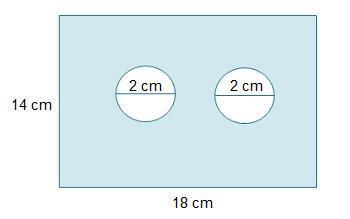
Mathematics, 28.04.2021 22:20 alyviariggins
Consider an elastic string of length L whose ends are held fixed. The string is set in motion with no initial velocity from an initial position u(x, 0) = f(x). Let L = 10 and a = 1 in parts (b) and (c). (A computer algebra system is recommended.) f(x) = 2x L , 0 ≤ x ≤ L 2 , 2(L − x) L , L 2 < x ≤ L (a) Find the displacement u(x, t) for the given initial position f(x). (Use a to represent an arbitrary constant.)

Answers: 2


Other questions on the subject: Mathematics

Mathematics, 21.06.2019 15:00, maraa013001
Use addition and subtraction to simplify the following polynomials. a. add polynomials: (3 – 4x + 8x^2) + (–6 + 2x – 5x^2) step 1: rewrite the polynomials without the parentheses. step 2: write the polynomial in descending order and use parentheses around like terms. step 3: add the like terms identified in step 2 to simplify the polynomial. b. subtract polynomials: (3x – 5 – 7x^2) – (–2 + 6x^2 – 5x) step 1: rewrite the polynomials without the parentheses. remember to multiply each term in the second parentheses by –1. show your work. step 2: write the polynomial in descending order and use parentheses around like terms. step 3: add the like terms identified in step 2 to simplify the polynomial.
Answers: 3

Mathematics, 21.06.2019 19:30, ray2220
The position of a moving particle is given by the position function: f(t)=-9t-t^2-0.2t^3+0.1t^4 a. at what time does the particle reverse direction? b. when is the displacement positive? (round one decimal place and answer in interval notation) c. when is the displacement negative? (round one decimal place and answer in interval notation) d. when is the particle’s acceleration positive? (round one decimal place and answer in interval notation) e. when is the particle’s acceleration negative? (round one decimal place and answer in interval notation)
Answers: 3


Mathematics, 21.06.2019 23:40, tanviknawale
The function f(x)= -(x+5)(x+1) is down. what is the range of the function?
Answers: 3
You know the right answer?
Consider an elastic string of length L whose ends are held fixed. The string is set in motion with n...
Questions in other subjects:

History, 04.07.2019 02:50

Social Studies, 04.07.2019 02:50

Chemistry, 04.07.2019 02:50

History, 04.07.2019 02:50


Biology, 04.07.2019 02:50

Chemistry, 04.07.2019 02:50



History, 04.07.2019 02:50




